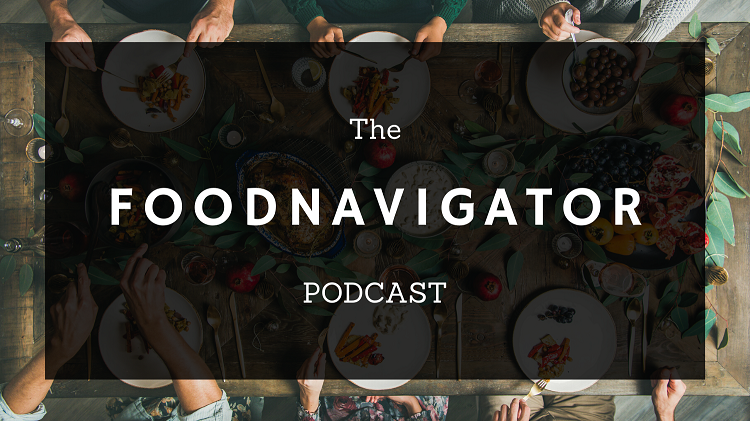Read full article By Oliver Morrison @ Food Navigator Photo Credit: Food Navigator
Millet, sorghum, buckwheat, amaranth… Are these exotic sounding crops a realistic solution to the world’s food crisis?
At a time when the UN says we need to increase food production by around 50% in the next 15 years to meet the demand of a growing global population, many argue that so-called ancient grains or forgotten or orphan crops are a solution.
Millet, sorghum, buckwheat, amaranth and others are nutritional powerhouses packed with sustainability credentials and which o er a signi cant opportunity to improve human and planetary health, according to many in the industry.
“They are often called forgotten crops because the research community have really ignored them in terms of investment,” said Mark Driscoll, founder of sustainability consultancy Tasting the Future.
The world, meanwhile, is dominated by the four crops: rice, maize, wheat and soya bean, providing over 50% of plant-based human foods. “But I think with the right investment and engagement with farmers at a community level, they are certainly very scalable. Both private and public sector investors need to focus on what I would call crop diversity. We need to diversify some of the 70,000 edible crops that can be eaten by humans and make more use of culturally appropriate foods.”
One exciting development in the UK is a brand called the Savourists. It is harnessing the power of ancient This website uses cookies. By continuing to browse our website, you are grains including quinoa, pu ed amaranth and sun ower seeds to create something completely new forI Agree agreeing to our use of cookies. You can learn more about cookies by visiting consumers: a savoury snack bar, which last month began rolling out in Sainsbury’s as part of the our privacy & cookies policy page. supermarket’s ‘Taste of the Future’ Bay.
Ancient grains and forgotten crops: the food of the future?
Founder Harry Turpin said: “Our savoury bars are low sugar, use only the nest real ingredients and o er something completely new in terms of taste.” Another brand harnessing the power of ancient grains is Insane Grain, which is using the ancient supergrain sorghum to disrupt the healthy snacking sector. According to the start-up, sorghum o ers gut-health bene ts and contains more potassium than a banana and 1.8 times more iron than spinach.Each 24g pack of ‘crispy and melty pu s’ is gluten-free and contains under 100 calories. Described as ‘probiotic pu s’, the new snack claims to be high in B-vitamins, dietary bre and folic acid.
Insane Grain was founded by ex P&G manager Rushina Shah. “I had known about this super grain since I was a child as it is often used in Indian cooking,” she said. “But didn’t realise how nutritionally powerful it was. I also saw a gap in the market for a healthy snack at a more affordable price point. ” In this podcast we also hear from Joanna Kane-Potaka, executive director at the Smart Food Initiative, which is aiming to bring ancient grains firmly into the mainstream. These foods are good for us, the planet and the people growing them, she told us.

